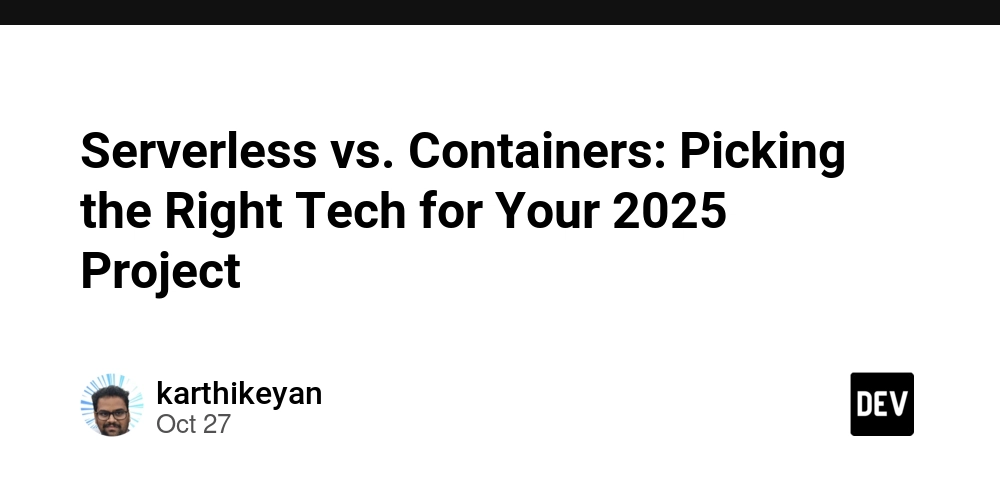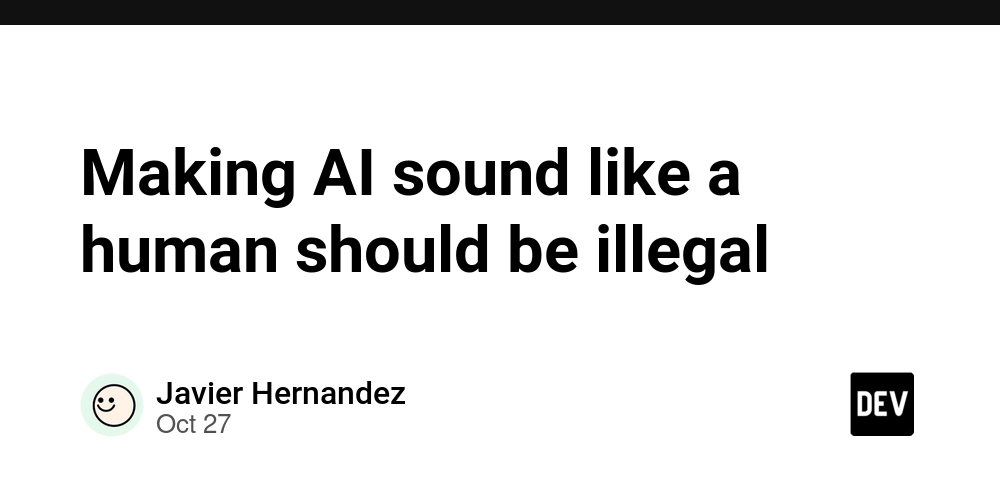Ever heard someone say, “Just throw it in the cloud?” Cloud computing is everywhere, but knowing how to use it effectively can be tricky. Two popular approaches – serverless and containers – offer powerful ways to run your applications, but choosing the right one can save you time, money, and headaches. In 2025, as cloud adoption becomes even more pervasive, understanding the difference is crucial.
Why Does This Even Matter?
In the fast-paced world of software development, efficiency is king. Picking the wrong technology can lead to:
- Increased costs: Paying for resources you’re not using.
- Slower development cycles: Spending time managing infrastructure instead of building features.
- Scalability issues: Your application struggles to handle unexpected traffic spikes.
- Maintenance nightmares: Constant patching, updates, and troubleshooting.
Ultimately, choosing between serverless and containers is about finding the best balance between control, cost, and operational overhead. Let’s break down the key differences to help you make the right choice for your next project in 2025.
Serverless: The “Hands-Off” Approach
Think of serverless as letting someone else worry about the servers. You write your code, upload it, and the cloud provider handles everything else: provisioning servers, scaling resources, and managing infrastructure. You only pay for the compute time your code actually uses.
- Key Point 1: Event-Driven Architecture. Serverless functions are typically triggered by events. These events could be anything from a user uploading a photo to a database update.
- Example: Imagine a photo-sharing app. When a user uploads a photo, a serverless function can automatically resize the image, generate thumbnails, and store it in a database. You only pay for the few seconds it takes to process the image.
- Key Point 2: Automatic Scaling. Serverless functions scale automatically to handle varying workloads. You don’t need to manually configure or manage scaling policies.
- Example: During a marketing campaign, your website experiences a surge in traffic. Your serverless backend automatically scales up to handle the increased load, ensuring a smooth user experience. After the campaign, it scales back down, saving you money.
When to consider Serverless:
- You need to build event-driven applications.
- You want to minimize operational overhead.
- You have unpredictable traffic patterns.
- You need to quickly prototype and deploy new features.
Containers: The “Controlled Environment”
Containers are like lightweight virtual machines that package your application and its dependencies into a single, portable unit. This ensures that your application runs consistently across different environments, from your laptop to the cloud.
- Key Point 1: Consistent Environment. Containers guarantee that your application will behave the same way regardless of the underlying infrastructure.
- Example: You’re developing a complex application that relies on specific versions of libraries and dependencies. Containers ensure that these dependencies are always available, preventing compatibility issues when deploying to different environments.
- Key Point 2: Fine-Grained Control. Containers give you more control over the underlying infrastructure and runtime environment.
- Example: You need to customize the operating system, network configuration, or security settings for your application. Containers allow you to define these settings within the container image, ensuring that they are consistently applied.
When to consider Containers:
- You need fine-grained control over the environment.
- You have existing applications that are difficult to refactor for serverless.
- You need to run long-running processes.
- You want to leverage existing DevOps practices.
Next Steps:
- Explore Serverless Platforms: Check out AWS Lambda, Azure Functions, or Google Cloud Functions.
- Dive into Containerization: Learn about Docker and container orchestration tools like Kubernetes.
- Experiment with a Simple Project: Build a small application using both serverless and containers to get hands-on experience.
- Consider Hybrid Approaches: Explore how you can combine serverless and containers to leverage the benefits of both.
Ready to Level Up Your Cloud Skills?
Choosing between serverless and containers depends on your specific needs and priorities. By understanding the key differences and experimenting with both technologies, you’ll be well-equipped to make informed decisions and build scalable, efficient applications in 2025 and beyond! Don’t wait – start experimenting today and unlock the power of cloud computing!



